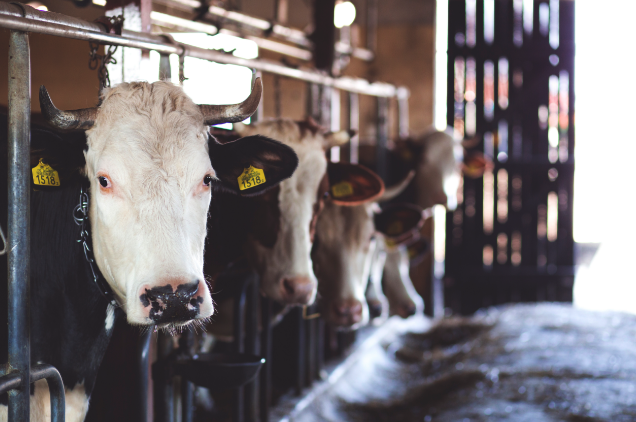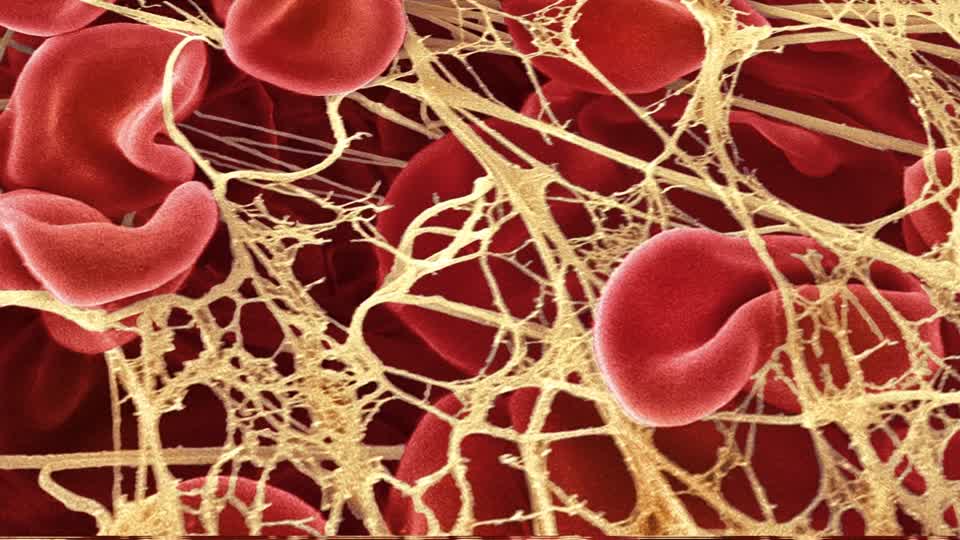Warning: Anthrax found at Indiana livestock farm, all animals will be treated with antibiotics and vaccines – is it safe?
12/10/2016 / By Vicki Batts

According to the Indiana Board of Animal Health, anthrax was recently discovered on a southern Indiana beef cattle farm. Following the unexpected and sudden death of a mixed-breed bull, tissue samples collected by a veterinarian revealed that the rod-shaped bacteria Bacillus anthracis, commonly referred to as anthrax, was at play.
Reports indicate that people who came into contact with the affected bull have been notified , but the board states that there is no public health threat. While humans can contract the infection from animals, the risk is fairly low. Anthrax is not transmitted from person to person.
Anthrax is a serious infectious disease that is caused by the Bacillus anthracis bacteria. It is often found in soil and commonly affects wildlife and livestock across the globe. According to the CDC, people can get sick with anthrax if they come into contact with infected animals or contaminated animal products. People get infected when anthrax spores enter their body, where they then can become “active.” Once activated, the spores multiply, spread across the body, and begin to produce toxins — leading to serious illness.
In addition to possibly getting infected by breathing in the spores, the CDC notes that consuming food or water infected with anthrax spores can cause illness.
While it is very rare for people in the United States to conract anthrax, this recent case in Indiana could actually prove to be cause for concern.
Officials say that anthrax actually isn’t all that uncommon in livestock being raised in the Western states, though it is rather unusual for Indiana. And, records do not indicate the last time anthrax was even found in the state. Because anthrax can occur in the soil naturally, grazing animals are often at a very high risk.
The affected bull was incinerated on-site, and the farm will be under quarantine for the next thirty days. The farm, which has not been identified, will also be under observation during that time. There are many symptoms that can help indicate whether or not an animal may be infected with anthrax. The Indiana Board of Animal Health notes that when the infection develops via mouth or nostrils, symptoms will develop rapidly and death is often very sudden. Sudden death is often accompanied with bleeding orifices and a quickly decomposing carcass.
Less acute infections are more likely to be noticed. The animal may begin to stagger, have trouble breathing, and may even begin to tremble before collapsing and passing away. Edema and swelling are often seen across the body, but most notably on the brisket. The illness is often observed for one to two days, though it may persist for up to five days. Depending on where the bacteria have concentrated, symptoms can vary. For example, if concentrated in the throat, swelling of the throat, tongue and neck are common. Skin infections also often occur at the point of entry from a wound or abrasion.
While vaccines are often administered as a form of preventive care, animals exposed to anthrax are generally treated with antibiotics. However, especially given the rise of antibiotic-resistant superbugs, this practice could be seen as rather concerning. While one would hope that all the bacteria had been removed from the animals and the soil in that 30-day period, there is still a risk. A 2004 study led by researchers from Tel-Aviv University found that anthrax developed antibiotic resistance quite easily. In their conclusion, the reseachers stated, “The ease with which B. anthracis can be made resistant in vitro suggests that close monitoring of patients treated for anthrax is mandatory.”
Now, science has also found that it different bacterial species can interact with each other and actually share antibiotic-resistance with other microorganisms. Combine this, anthrax’s ease of resistance development, and the fact that most livestock are routinely dosed with antibiotics to fatten them up and supposedly to prevent disease — and well, you’ve got a recipe for disaster.
Just because it hasn’t happened yet doesn’t mean it can’t. There is every potential for these cattle, or others, to become harbingers of antibitoic-resistant anthrax in humans.
Perhaps it is time to just start growing your own food?
Sources:
Submit a correction >>
Tagged Under:
anthrax, Cattle, Indiana, livestock
This article may contain statements that reflect the opinion of the author
RECENT NEWS & ARTICLES
COPYRIGHT © 2017 TOP 10 GROCERY SECRETS





















